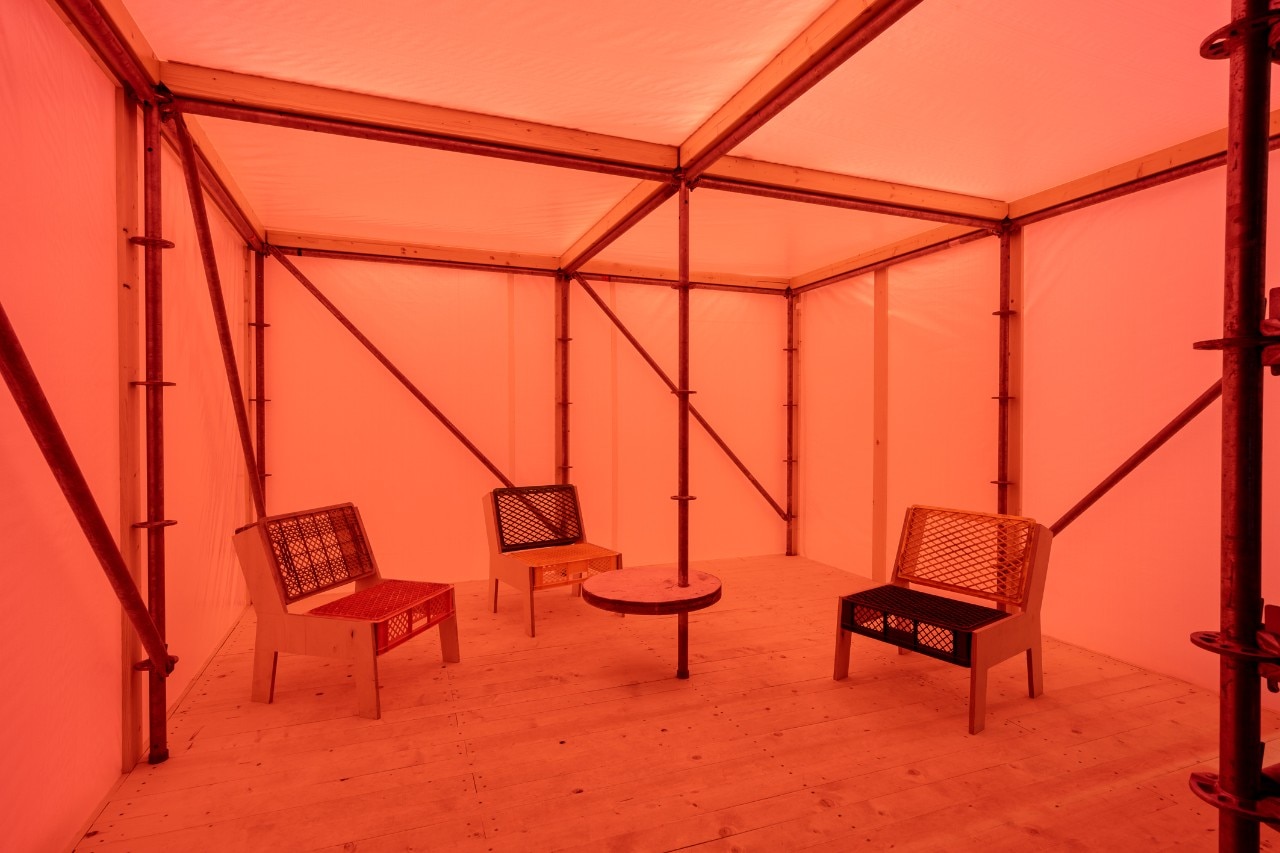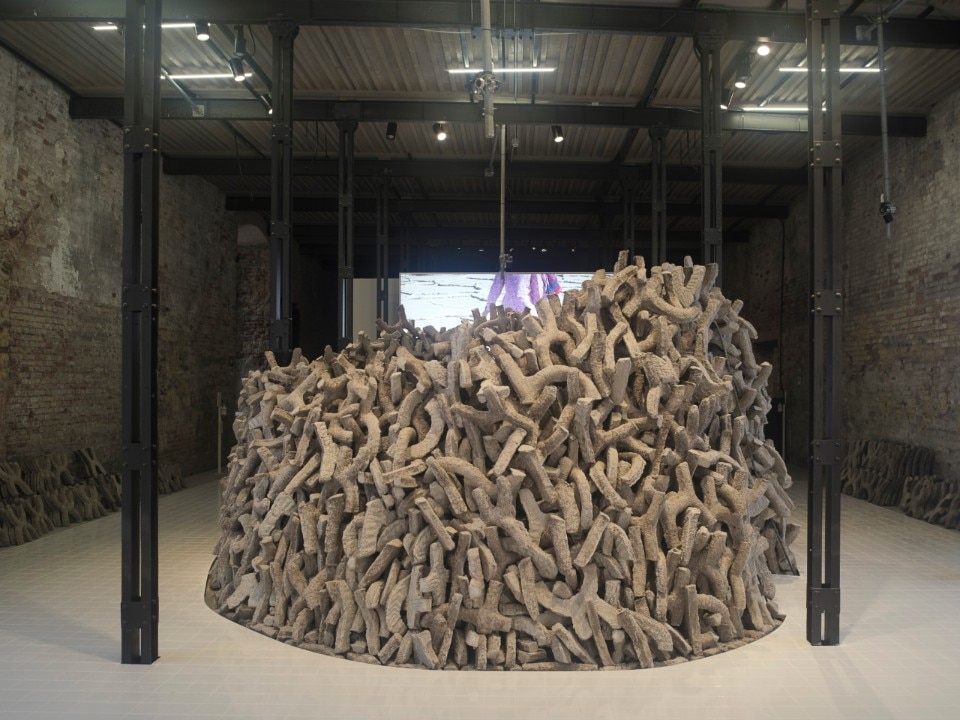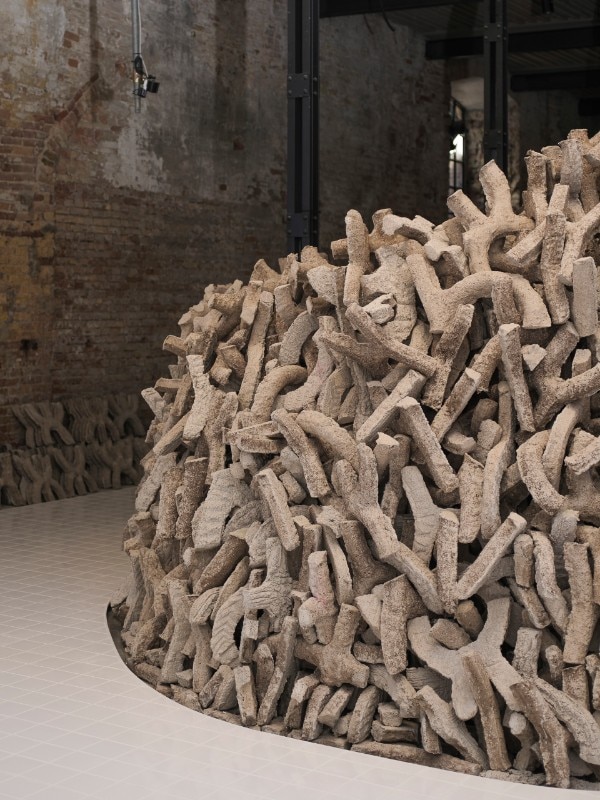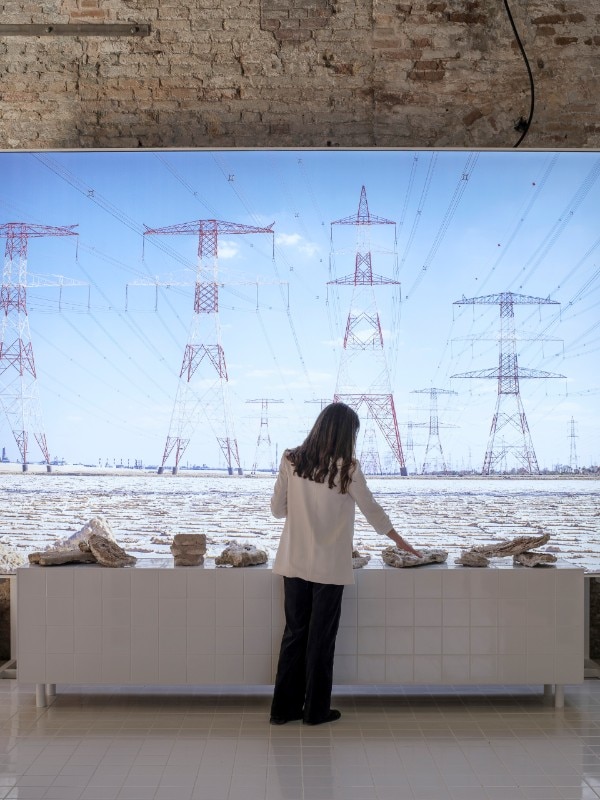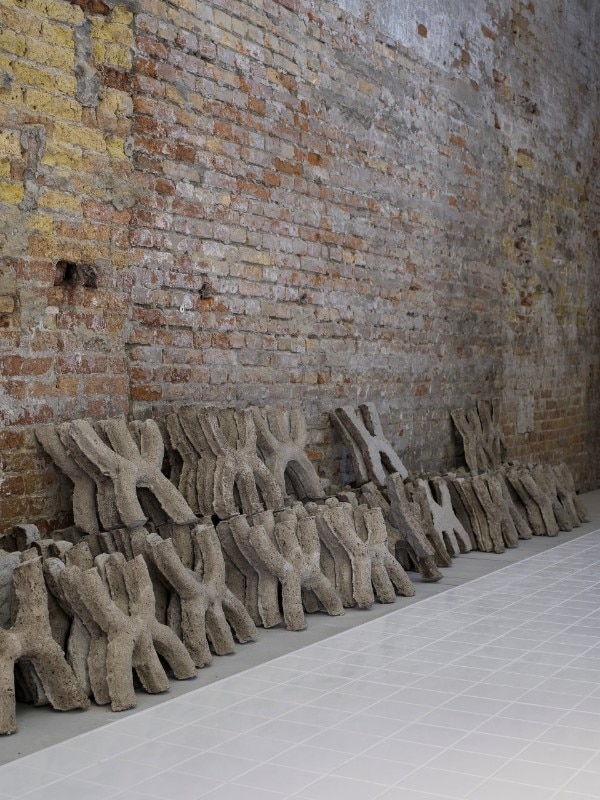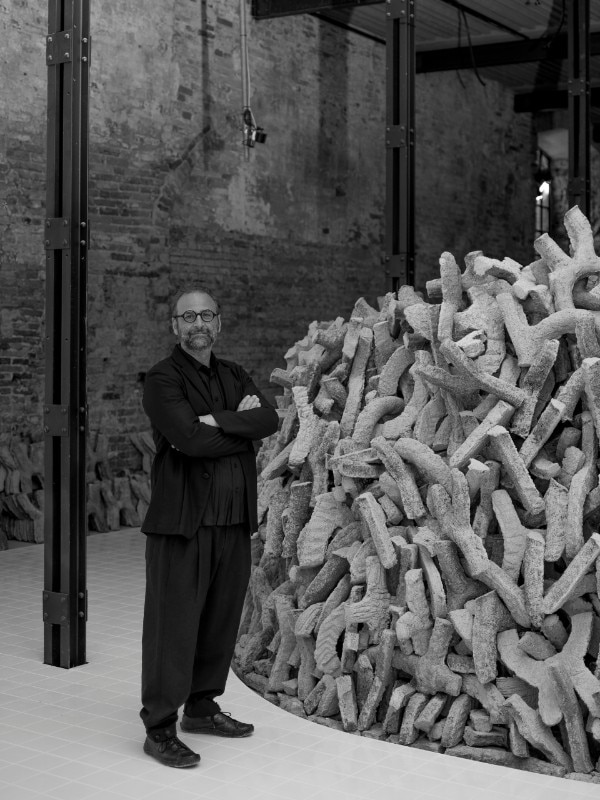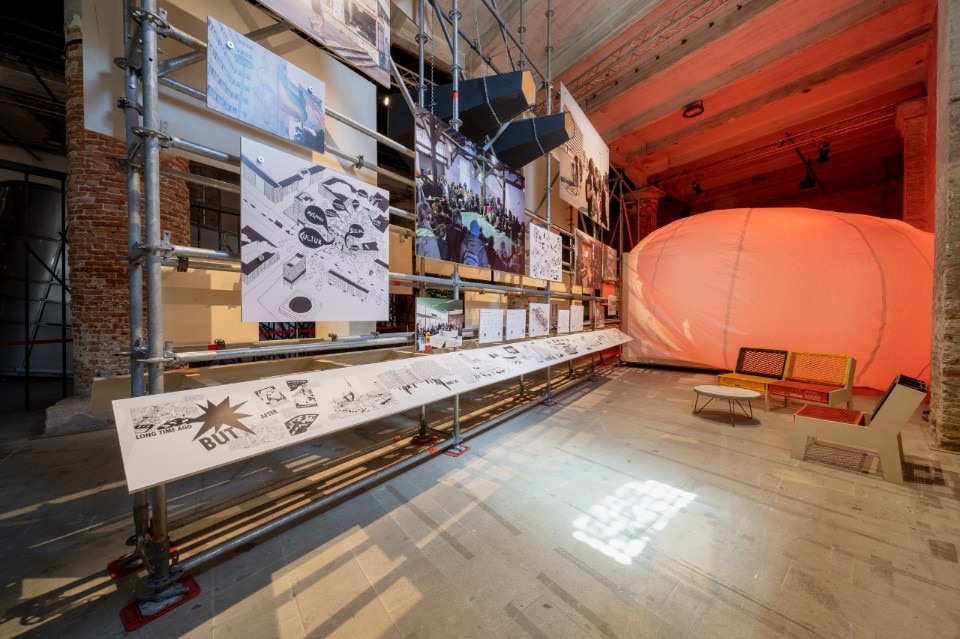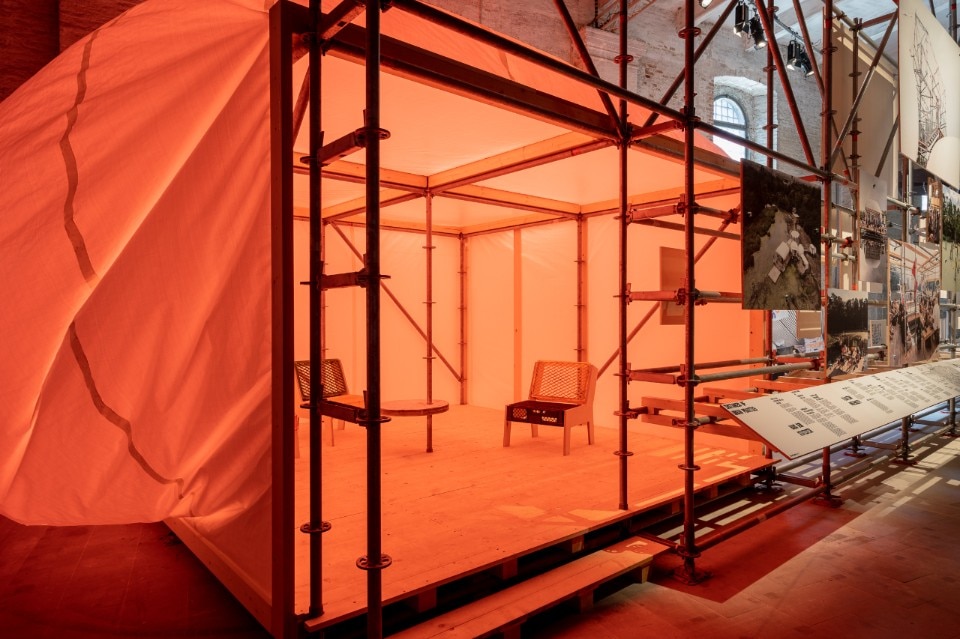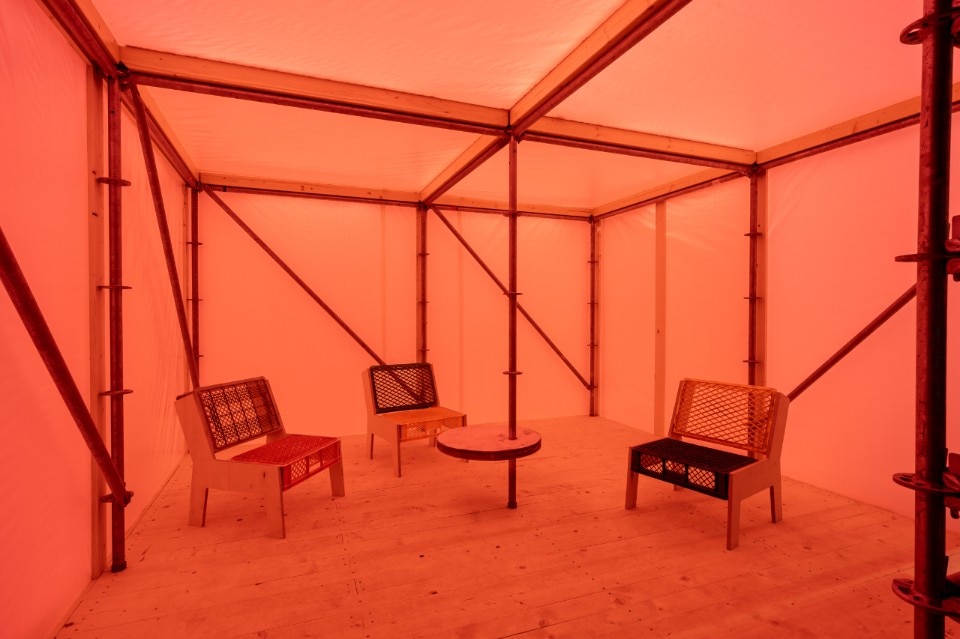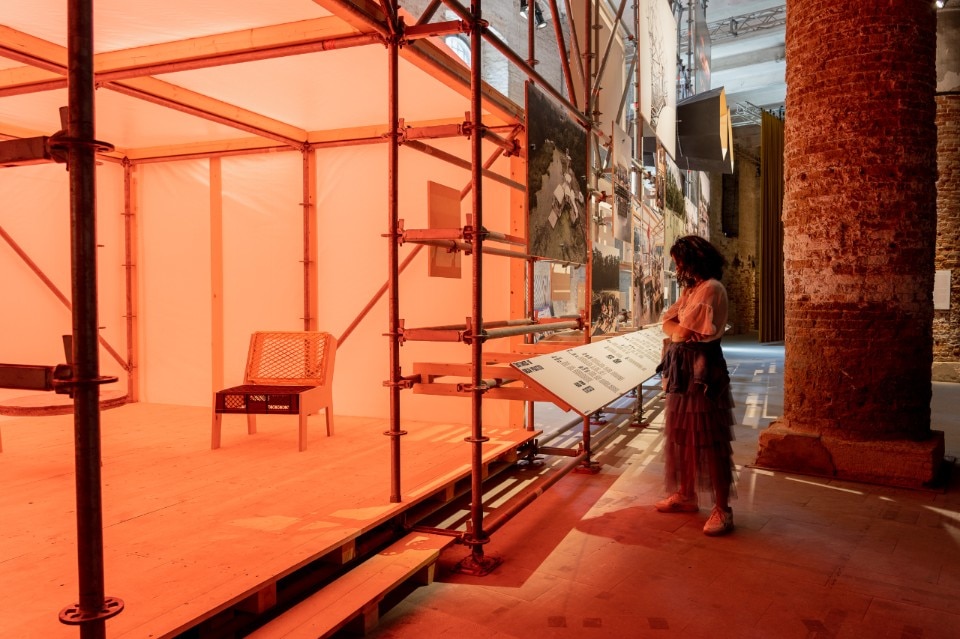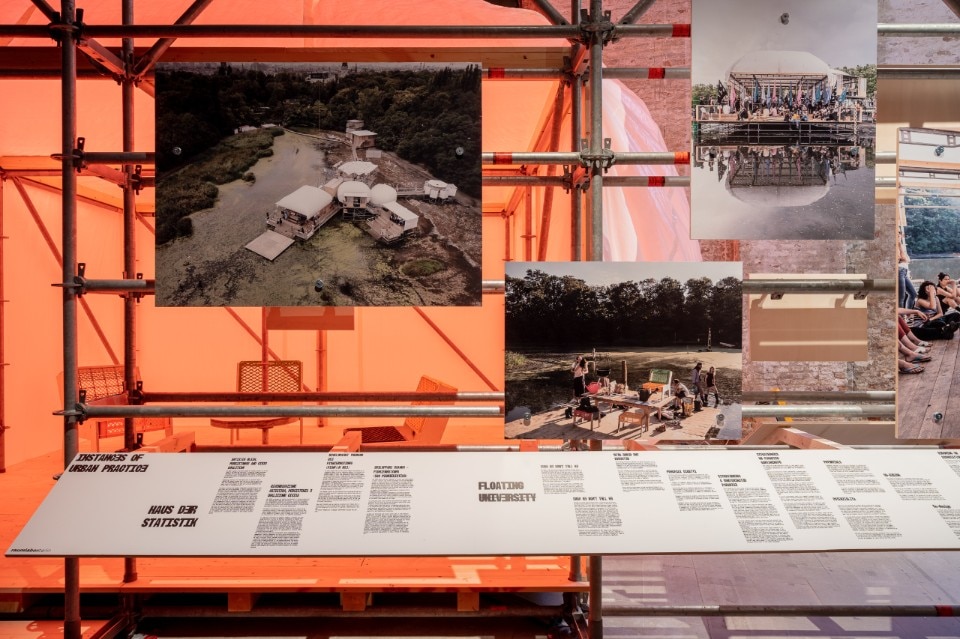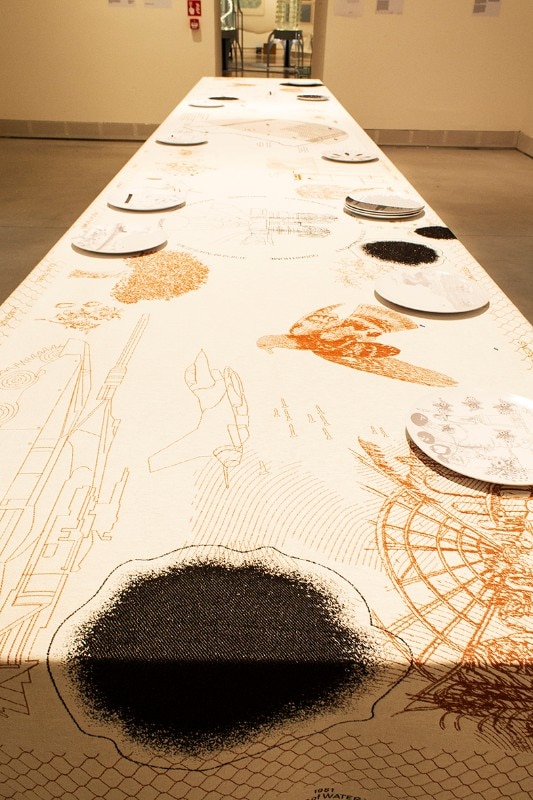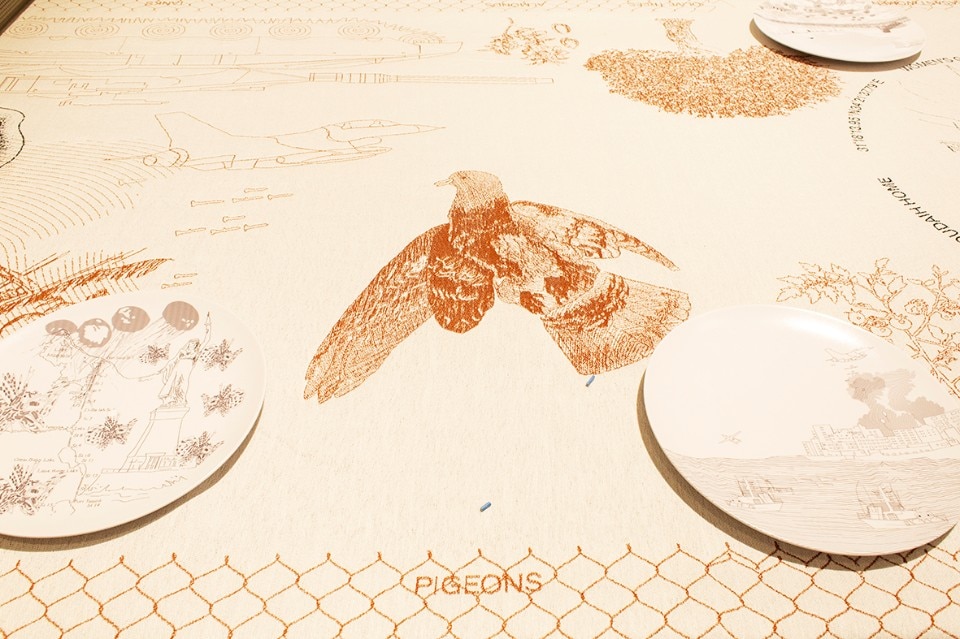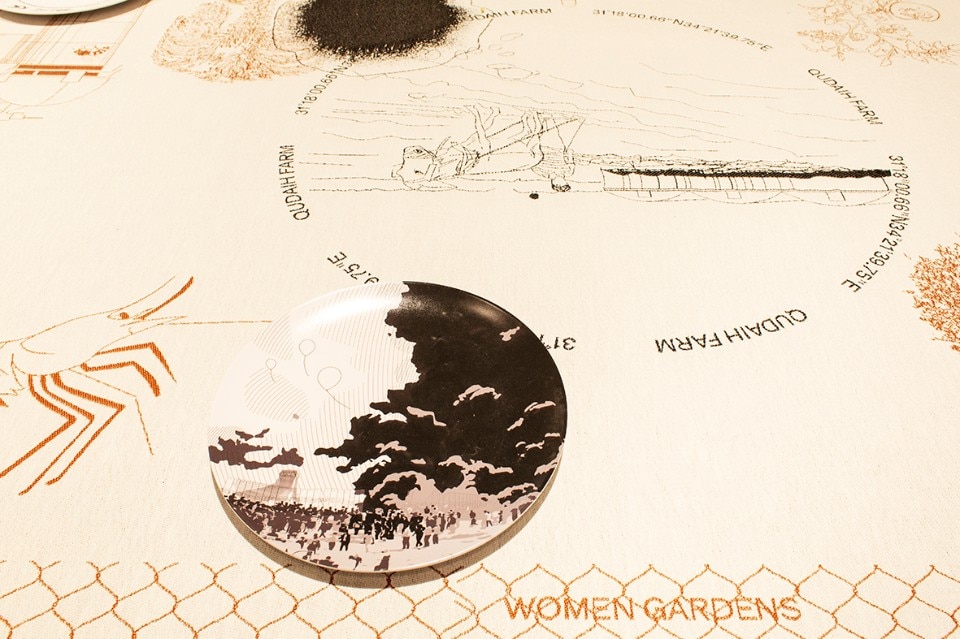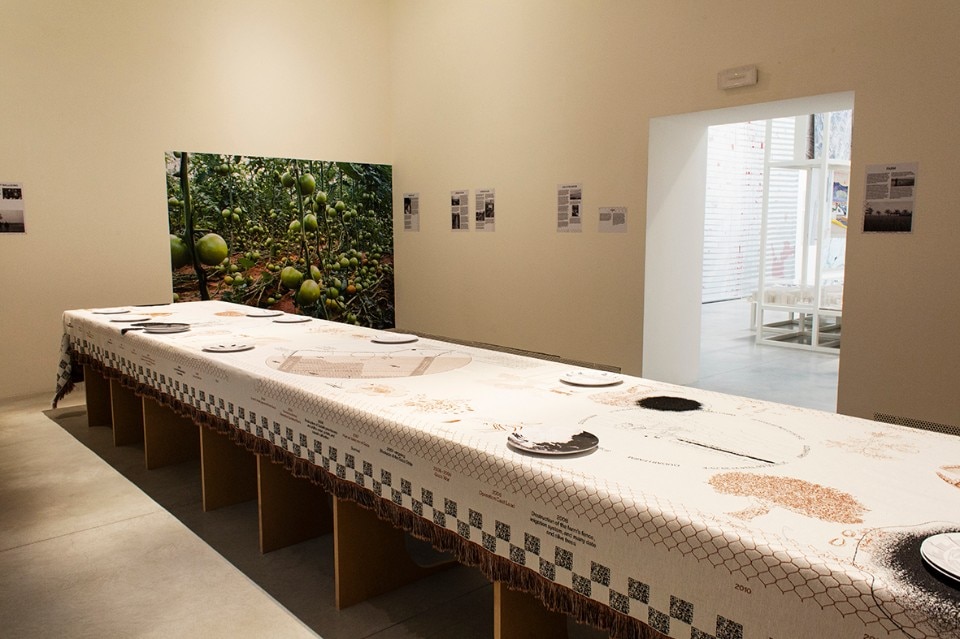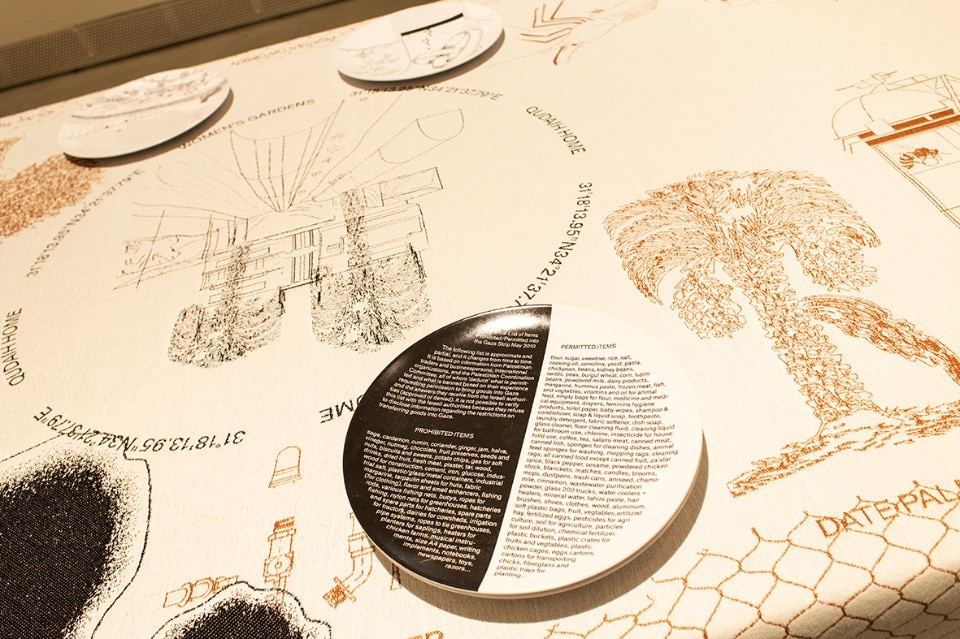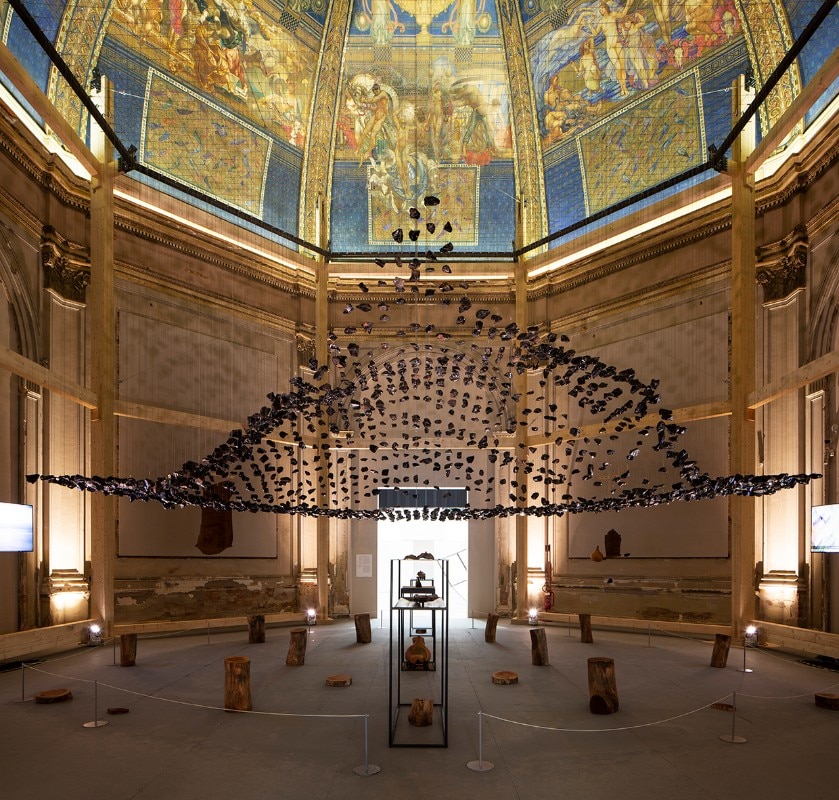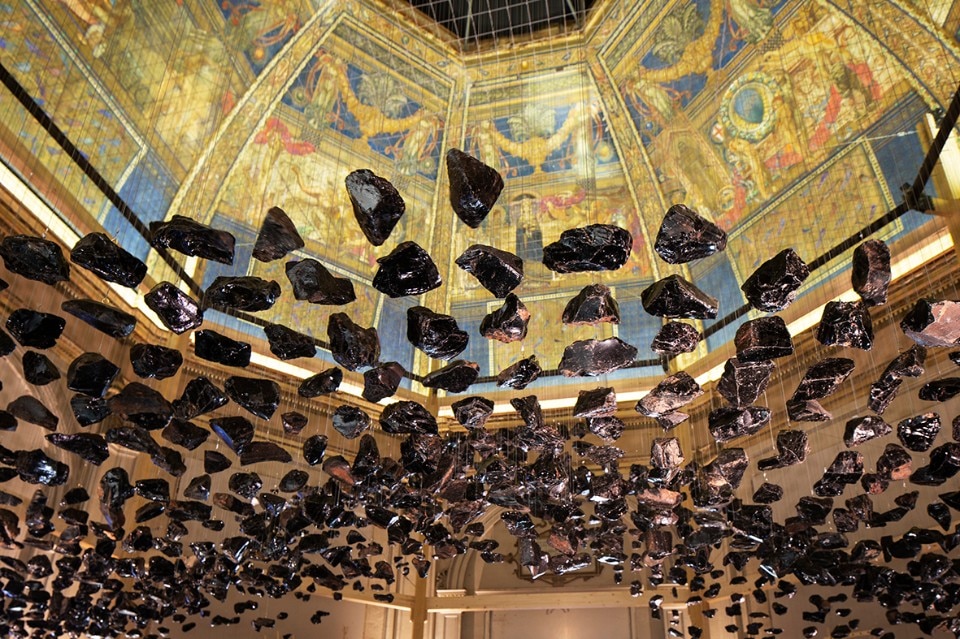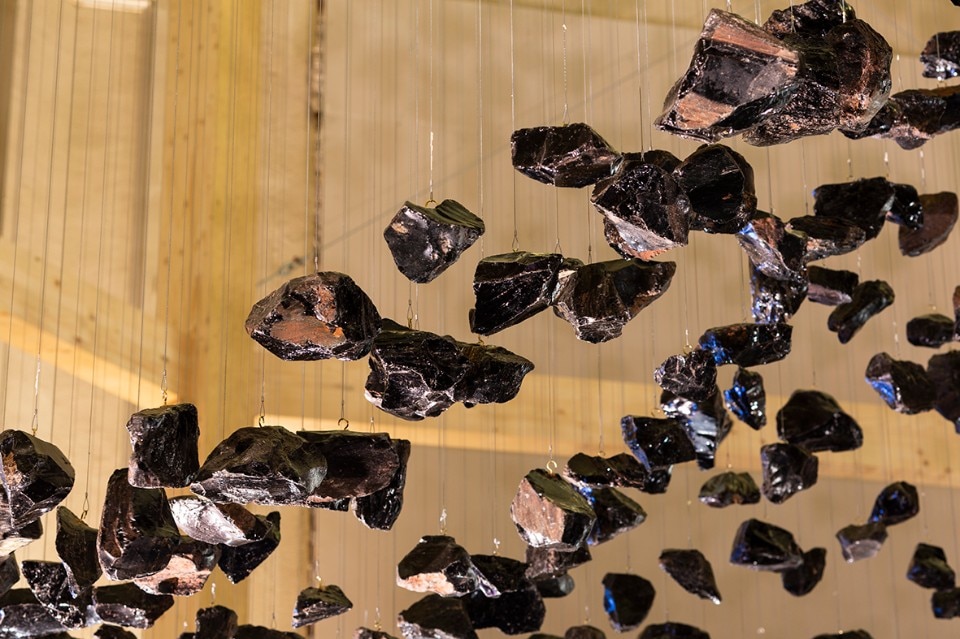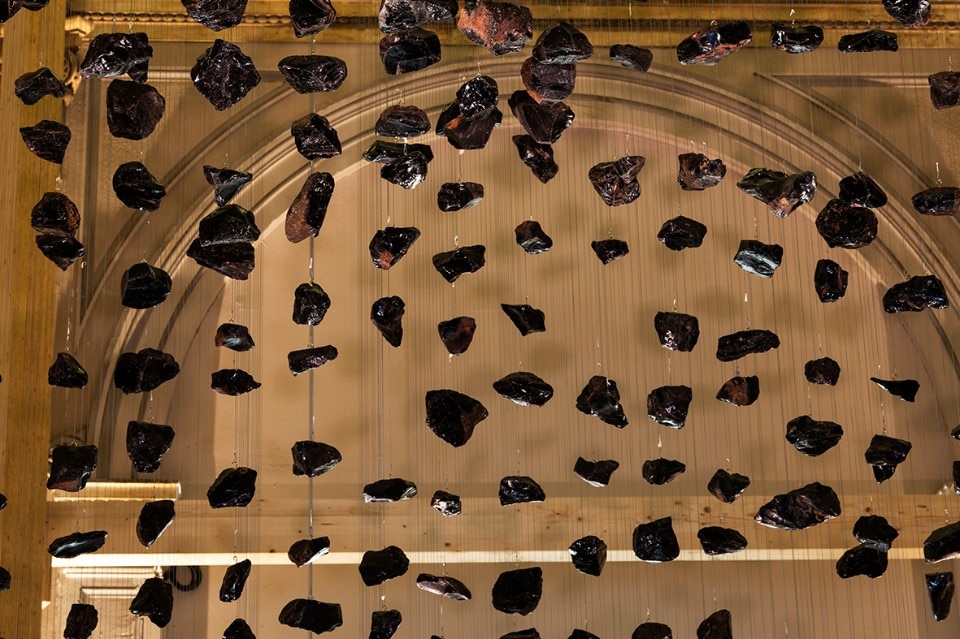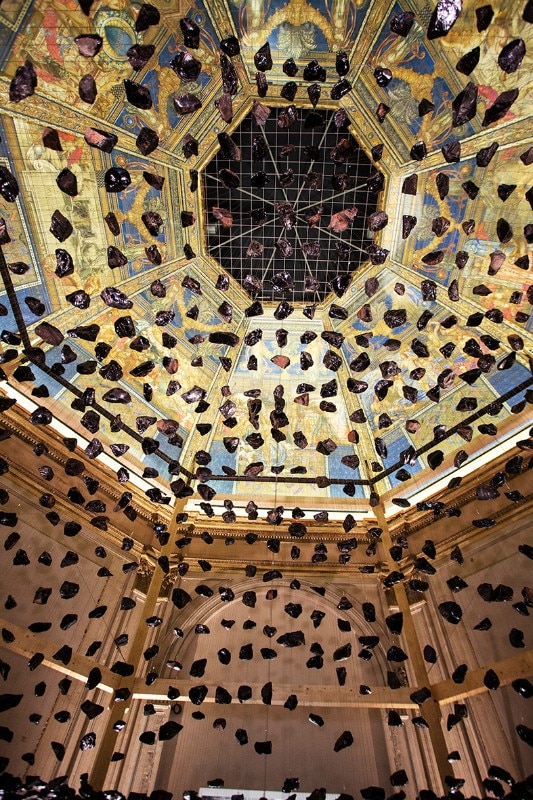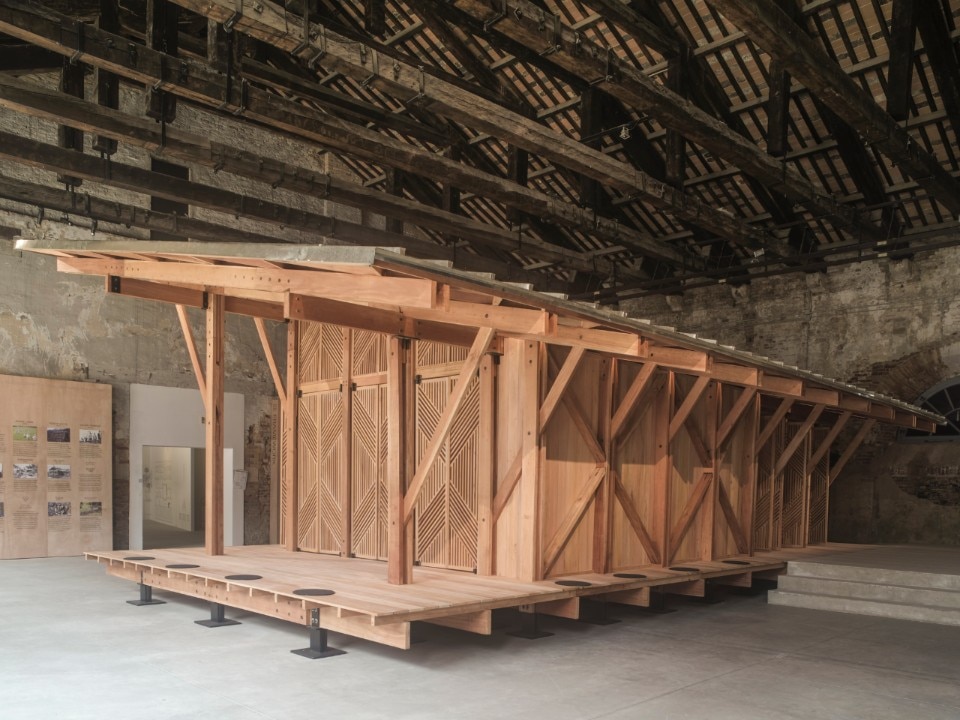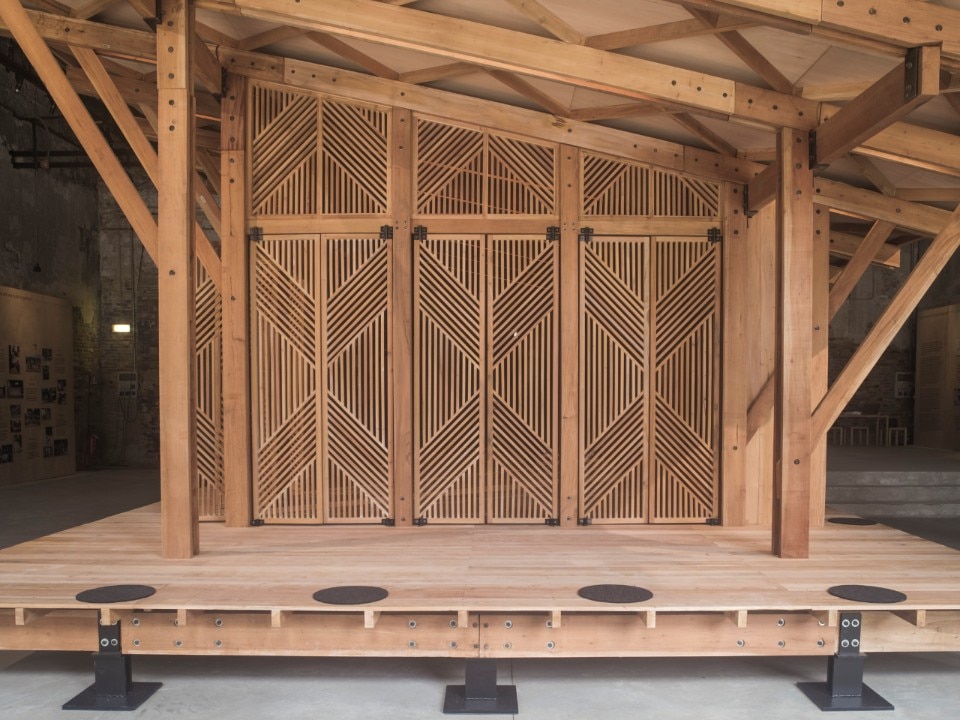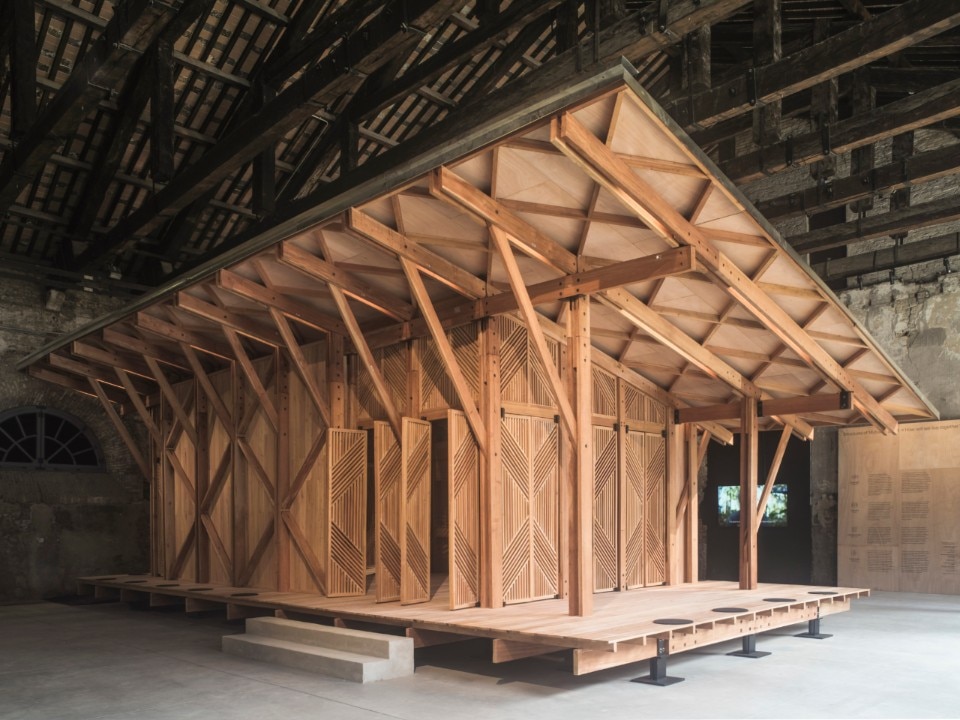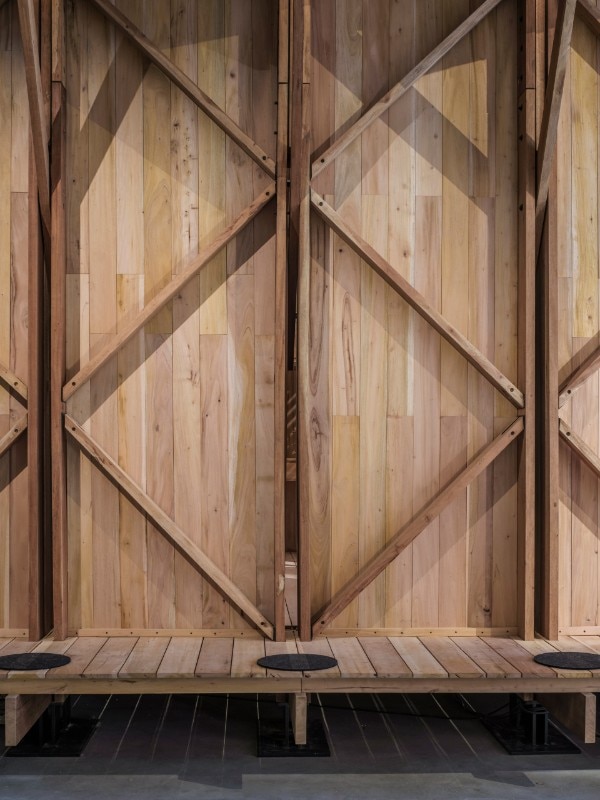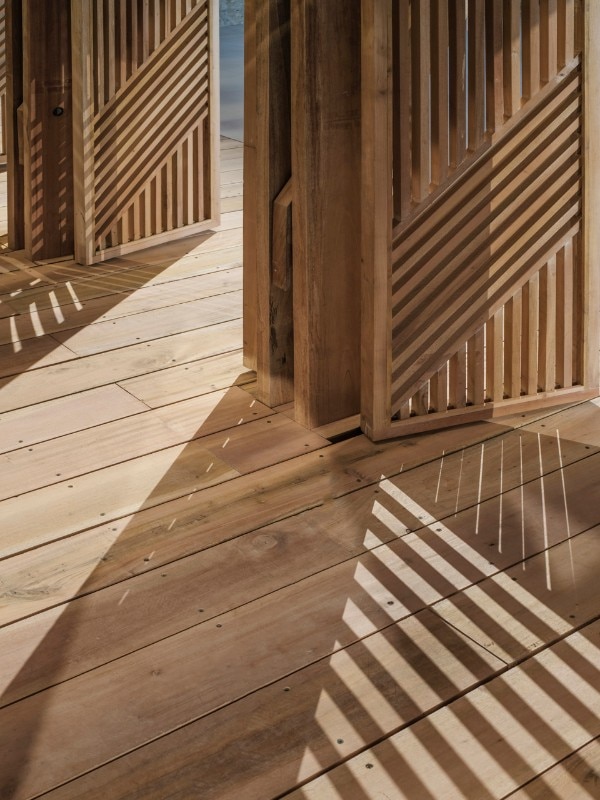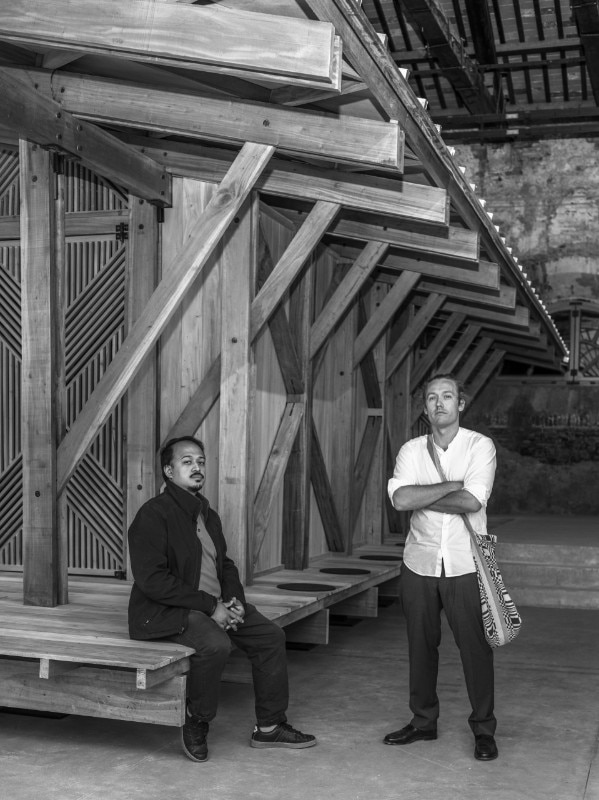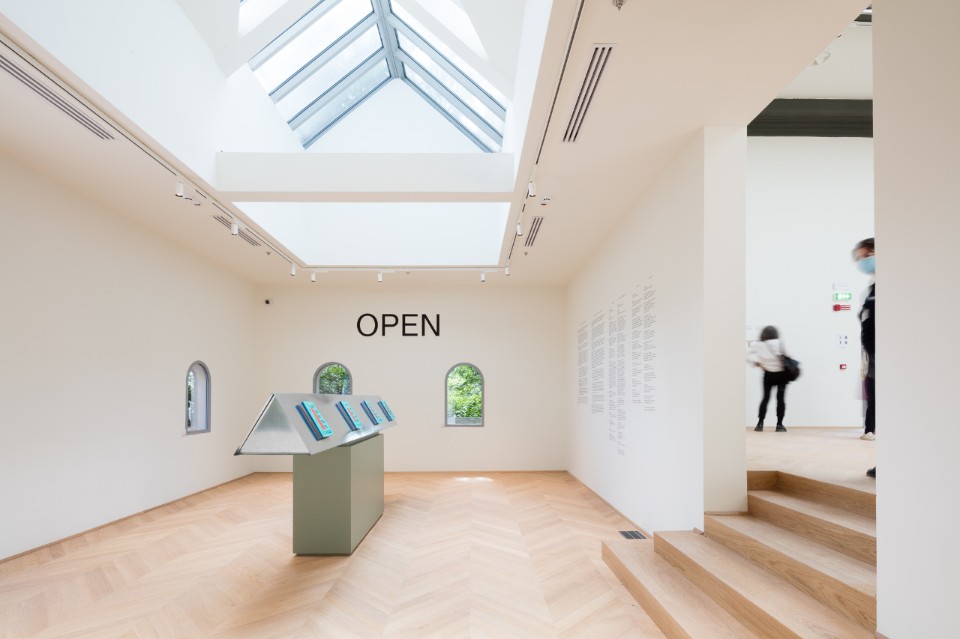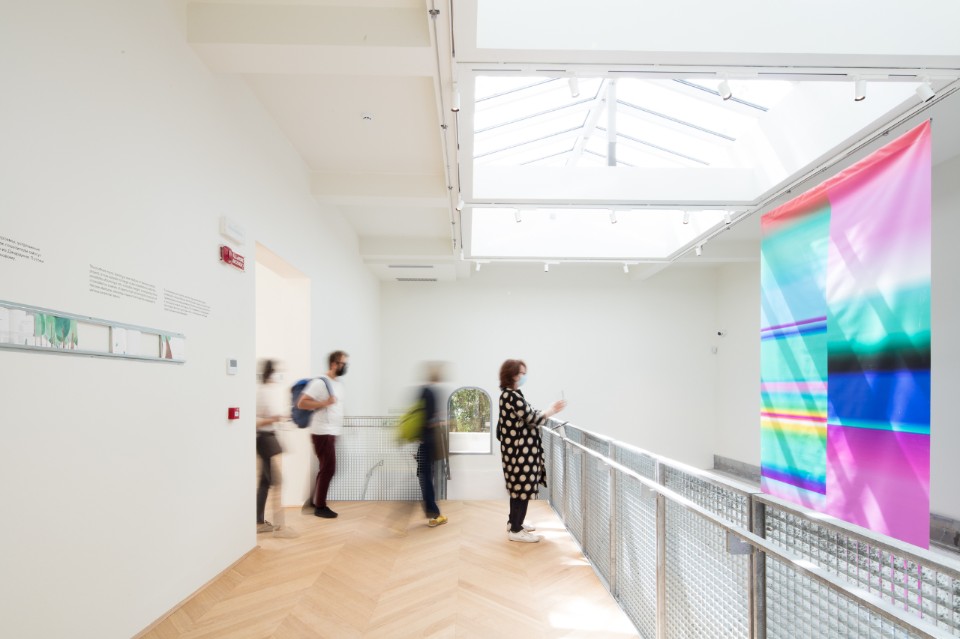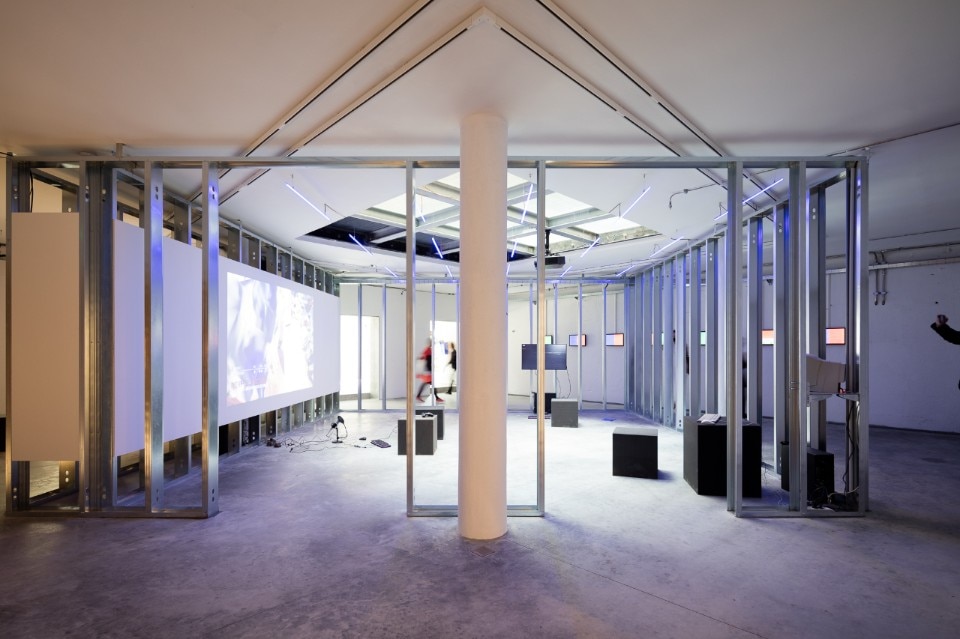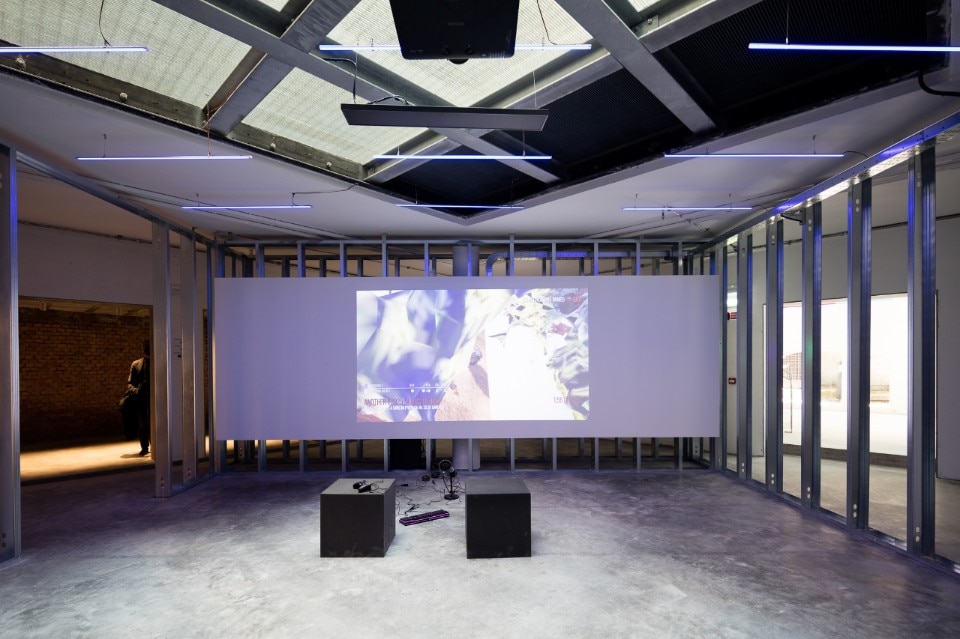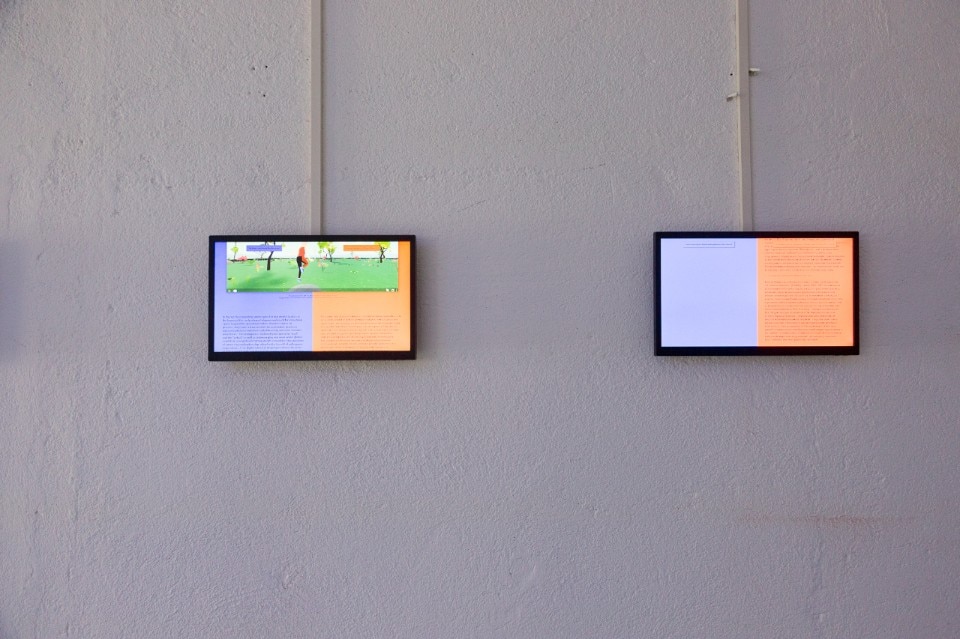With almost three months of postponement due to the limitations of the past year, the winners of the 17th. International Architecture Exhibition have been announced during the awards ceremony held at Ca' Giustinian, Venice. The Golden and Silver Lions, along with the Special Mentions, are the last stage of a long awards process that began in March 2021 with the Special Memorial Golden Lion to Lina Bo Bardi and the Golden Lion for Lifetime Achievement to Rafael Moneo. Here are all the prizes awarded by the international jury chaired by Kazuyo Sejima and composed of Sandra Barclay (Peru), Lamia Joreige (Lebanon), Lesley Lokko (Ghana-Scotland) and Luca Molinari (Italy).
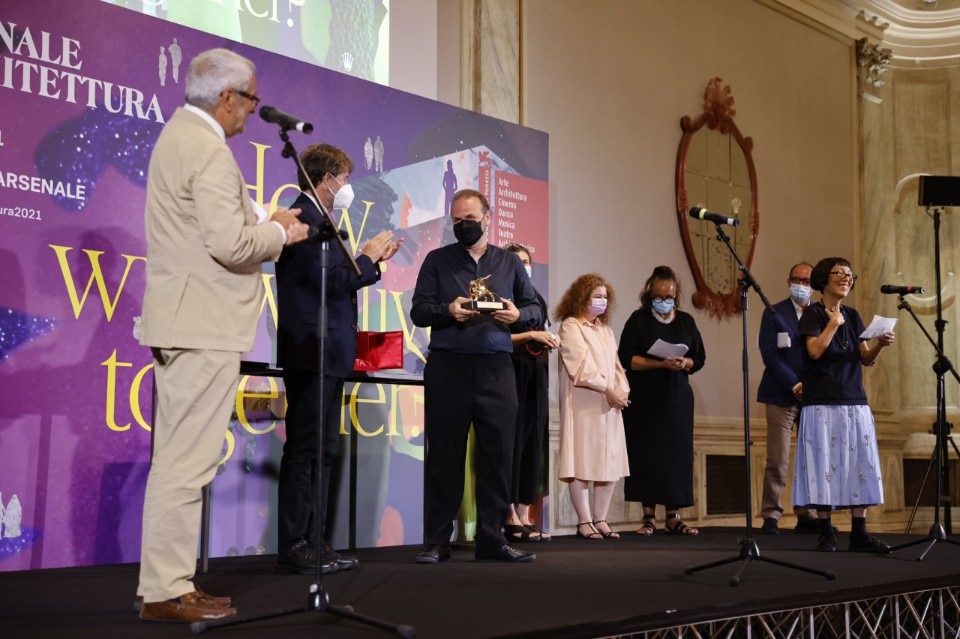
UAE Pavilion, Golden Lion for Best National Participation
"An experiment that encourages us to think about the delicate relationship between waste and production, at both the local and global scales, proposing a construction model capable of linking craftsmanship and technology," is how the jury motivated the top prize awarded to the UAE pavilion, curated by Wael Al Awar and Kenichi Teramoto and with commissioners Salama bint Hamdam and Al Nahyan Foundation. The pavilion is home to extensive research on sabkhahs, the natural salt marsh ecosystem found in the UAE, which prompted the curators to examine salt as a renewable resource for construction to replace Portland cement, the production of which is responsible for 8% of the world's carbon dioxide emissions. The research was conducted with a group of sheiks from Abu Dhabi, Tokyo and Sharjah.
raumlaborberlin, Golden Lion for the best participant in the 17th Exhibition“How will we live together?”
"An inspiring collaborative design approach that calls for participation, regeneration and collective responsibility, resulting in two projects that are a model for imaginative civic revitalization," is how the jury motivated the prize awarded to the Berlin-based collective composed of Andrea Hofmann, Axel Timm, Benjamin Foerster-Baldenius, Christof Mayes, Florian Stirnemann, Francesco Aruzzo, Frauke Gerstenbergm Jan Liesegang and Markus Bader. The installation Instances of Urban Practice by raumlaborberlin is set up within the section "As Emerging Communities" in "How will we live together?". One of the most scenic installations within the main exhibition at the Arsenale curated by Hashim Sarkis, is a reversal that shifts the attention from the built architectural object to the processes of quality: architecture becomes a series of actions that takes a social position and for the occasion were presented the processes of two important projects in which the collective is involved: the Floating University and the Haus der Statistik in Berlin.
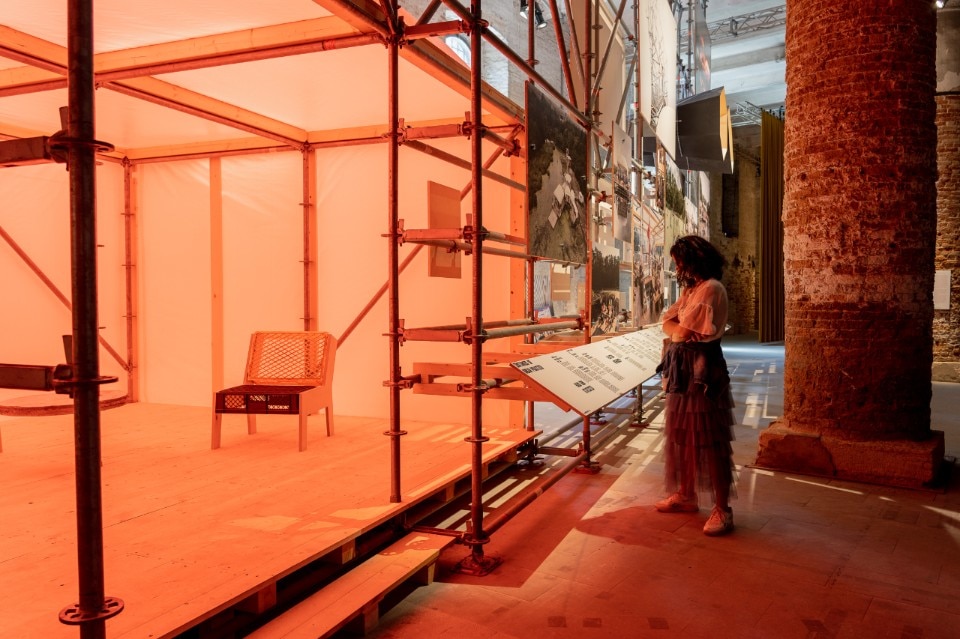
FAST, Silver Lion for a promising young participant
practices, rituals of daily life and the realities of settlement and occupation," is how the jury awards the Foundation for Achieving Seamless Territory, an agency working at the intersection of architecture, urbanism, and human rights based in Amsterdam and New York. The installation Watermelons, Sardines, Crabs, Sands and Sediments: Border Ecologies and the Gaza Strip at the Giardini della Biennale, as part of the main exhibition curated by Hashim Sarkis in the "Across Borders" section, explores the emergence of unexpected spaces in response to stress and war on the Israeli-Palestinian border. The project traces the transformation of a small farm in Khuza'a, a Palestinian farming village in the Gaza Strip where over the past decades, the 4,000-square-meter farm, owned and operated by Abd el Haleem and Khaldya Qudaih, has been attacked, damaged, and destroyed several times by Israeli air raids, bombings, and patrols. For the 2021 Architecture Biennial, FAST collected more than a dozen oral histories of daily life on the farm through ongoing conversations with Amir Qudaih and his family, linking mundane material, such as watermelons, sardines, sand and sediment, to bureaucratic protocols, Israeli-imposed restrictions and ongoing acts of violence. These stories, as explained by the agency, attest to the Khuza'a community's continued engagement in collective acts of survival, resistance, mutual aid and solidarity.
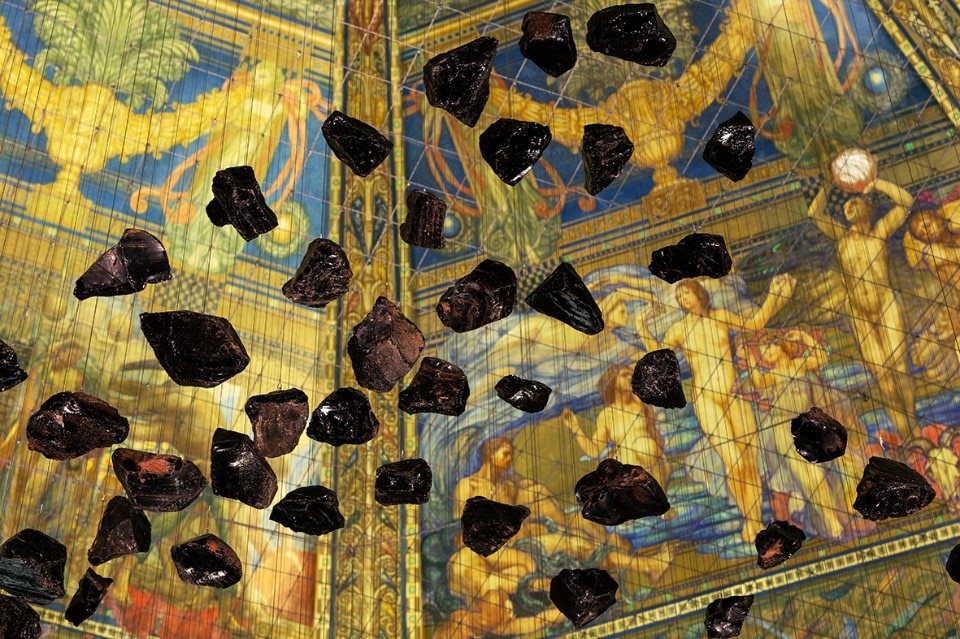
Special Mentions to Philippines, Russia and CaveBureau
The jury awarded three special mentions. The first to CaveBureau (Karanja Kabage, Stella Mutegi together with densu Moseti, all Kenyans based in Nairobi) for the "visionary and creative exploration of one of the most ancient environments inhabited by man". The Anthropocene Museum's installation The Anthropocene Museum: Echibit 3.0 Obsidian Rain within the "Making Worlds" section investigates caves as structures and geological spaces rooted in our prehistoric consciousness that for thousands of years have influenced the way we perceive and define the world around us.
The second special mention was awarded to the Philippines pavilion curated by Framework Collaborative (GK Enchanted Farm Community and architects Sudarshan V. Khadka Jr. and Alexander Eriksson Furunes) and commissioned by the National Commission for Culture and the Arts (NCCA, chaired by Arsenio "Nick" Lizaso), with the installation Structures of Mutual Support. Mutual support is a method of self-organization and collaboration among communities to develop resilience and support each other in adversity and crisis, both in Norway, a practice identified by the term dugnad, and in the Philippines, identified by the word bayanihan. A recreation center housing a library self-built by Filipino communities together with the curatorial architects was transported and reassembled at the Biennale.
The Russian pavilion curated by Ippolito Pestellini Laparelli with the installation Open, received the third mention for "a sensitive and careful renovation of the historic pavilion at the Giardini that opens to the outer space and to the future." Russia exhibited only the renovation of Alexej Shchusev's 1914 pavilion conducted by the Russian-Japanese duo KASA Architects, the result of a two-year research on the role of cultural institutions today, and an interactive gaming platform.
- Immagine di apertura:
- Padiglione UAE, foto Andrea Avezzù, courtesy La Biennale di Venezia


